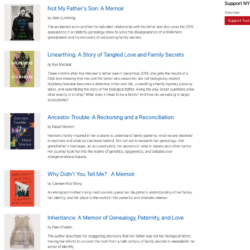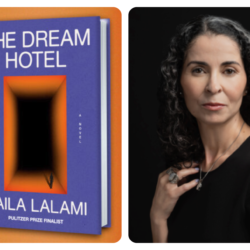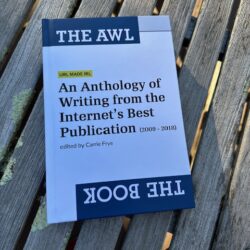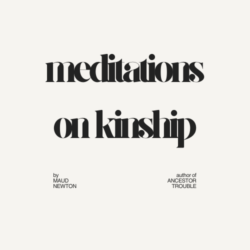McNally Jackson Book Fest with Lee Hawkins

I’m looking forward to talking with Lee Hawkins, author of I Am Nobody’s Slave, about Researching Your Family History, for the first-ever McNally Jackson Book Festival! In conversation, we’ll explore the complexities of family history and the intergenerational legacies we carry. We’ll discuss race, inheritance, trauma, and resilience—and how confronting the past can offer hope for future generations. June 3, 6:30 pm, South Street Seaport.




